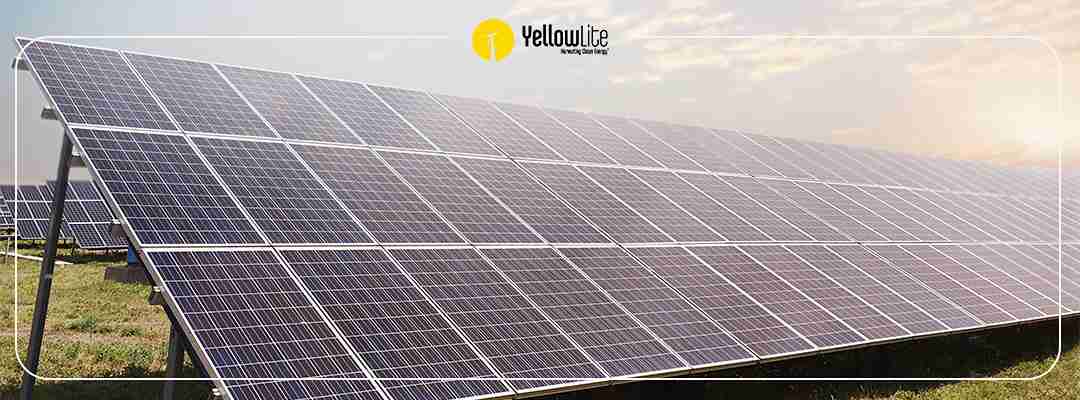Your electric bill can be more than just a monthly reminder of utility costs—it’s a tool that can help you identify opportunities for energy savings and can help determine if solar power is a smart investment for your home. For homeowners in Ohio, the Midwest and further afield, understanding the details of your electric bill is the first step in seeing how solar energy can save you money, provide energy independence, and reduce your carbon footprint.
In this blog, we’ll break down the key components of your electric bill and show you how to spot potential savings that solar energy can provide.
Understanding Your Electric Bill
At first glance, electric bills can be confusing, filled with numbers and terms that could feel overwhelming. However, you can focus on the important parts and what they mean for your energy usage and costs. Here are the key sections you’ll likely find on your bill:
- Energy Usage
Your energy usage is usually measured in kilowatt-hours (kWh). This is the amount of electricity you’ve consumed over the billing period. Most electric bills will display this in the form of a bar graph or line chart, showing your monthly usage trends. Pay attention to the months when your usage spikes—this can give you insights into when your household consumes the most energy. You might also find it useful to see how many kWh an average house uses per day in this article. - Supply and Delivery Charges
Your electric bill is typically divided into two main components: supply charges and delivery charges. The supply charge is what you pay for the electricity you use, while the delivery charge covers the cost of transporting that electricity to your home. Depending on your location, there may be additional fees like capacity charges, regulatory charges, and taxes. - Peak vs. Off-Peak Usage
Some utility companies charge different rates depending on the time of day, with peak usage periods (often during the late afternoon and early evening) costing more than off-peak times (such as early morning or late at night). This is known as time-of-use (TOU) pricing. If your bill shows TOU rates, reducing your energy usage during peak hours can significantly lower your costs. - Rate Plan
Your electric bill will also show what rate plan you’re on, whether it’s a fixed rate, variable rate, or time-of-use rate. Understanding your rate plan is crucial when assessing how much you’re paying for electricity and identifying if solar could offer better savings.
Identifying Opportunities for Solar Savings
Once you have a good understanding of how to read your electric bill, the next step is identifying opportunities for solar energy to save you money. If you are still confused, it would be beneficial to contact your utility provider at this stage.
- Look at Your Monthly Energy Consumption
Your monthly kWh usage is one of the most important factors in determining whether solar energy makes financial sense for your home. The more electricity you use, the more potential savings you could see with solar. For many homeowners in Ohio and the Midwest, high energy usage during the summer and winter months (when heating and cooling costs are at their peak) can make solar power a worthwhile investment. - Analyze Peak vs. Off-Peak Rates
If you’re on a time-of-use plan, installing solar panels can significantly reduce your reliance on grid electricity during peak hours. This is especially beneficial if you’re home during the day and can use your solar power in real-time, avoiding expensive peak rates. Plus, with energy storage systems like the Tesla Powerwall, you can store excess energy produced by your solar panels for use during peak periods or after dark. - Check for Net Metering
Many utility companies offer net metering programs, which allow homeowners to sell any excess energy generated by their solar panels back to the grid. This can further reduce your electricity bill and even generate credits for future usage. Review your electric bill or contact your utility provider to see if they offer net metering in your area. - Assess Your Rate Plan
If you’re currently on a variable or time-of-use rate plan, you’re likely paying fluctuating rates depending on market conditions or the time of day. Solar power offers a way to lock in your energy costs, providing stable and predictable savings. Even if you’re on a fixed-rate plan, solar can still save you money over time, especially if utility rates continue to rise. - Compare Costs
Once you’ve analyzed your energy usage and rates, it’s time to compare your current costs with the potential savings from solar. Check out our online calculator to help with this process. We also have an energy storage online calculator. For homeowners willing to invest in long-term savings, solar can drastically reduce or even eliminate monthly electricity bills.
The Long-Term Benefits of Solar Energy
Switching to solar energy not only offers immediate savings on your electric bill but also provides long-term financial and environmental benefits. Here are a few reasons why solar is a smart investment for homeowners:
- Rising Utility Costs: As electricity prices continue to rise, locking in lower energy costs with solar panels can protect you from future rate hikes.
- Increased Home Value: Installing solar panels can increase the value of your home, making it more attractive to potential buyers.
- Energy Independence: Solar power gives you more control over your energy usage and reduces your reliance on the utility grid.
- Environmental Impact: Solar energy is a clean, renewable resource that reduces greenhouse gas emissions and your carbon footprint.
Is Solar Energy Right for You?
Understanding your electric bill is the first step in determining whether solar energy is right for you. If you’re a homeowner in Ohio, the Midwest or beyond here, are looking to save money on utility costs, and want to reduce your environmental impact, solar could be a perfect fit. By analyzing your energy usage, rate plan, and potential savings, you can make an informed decision and take control of your energy future.



